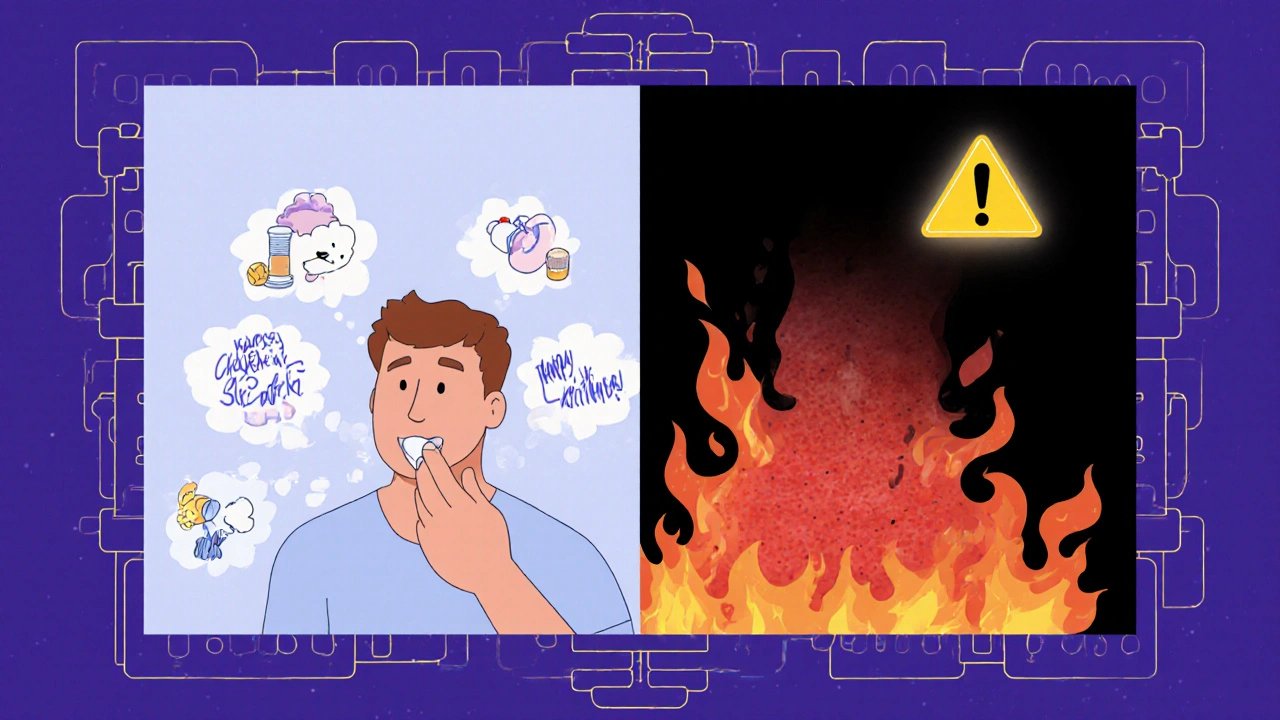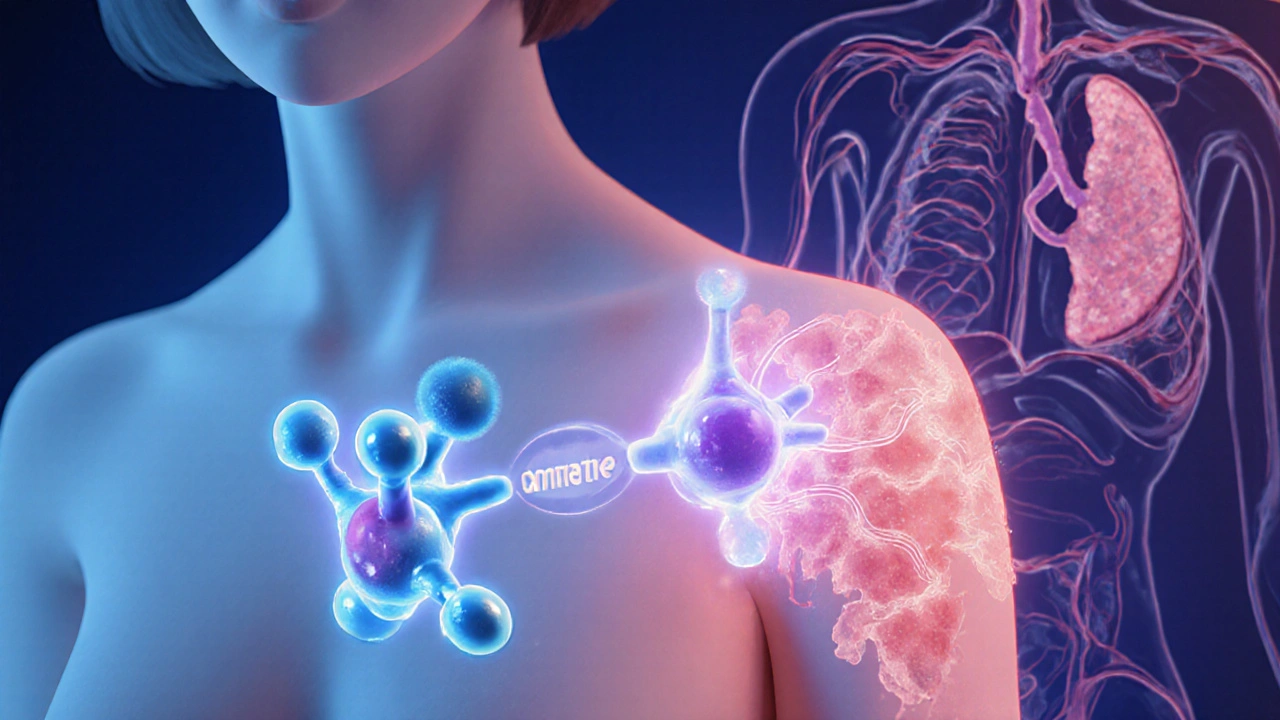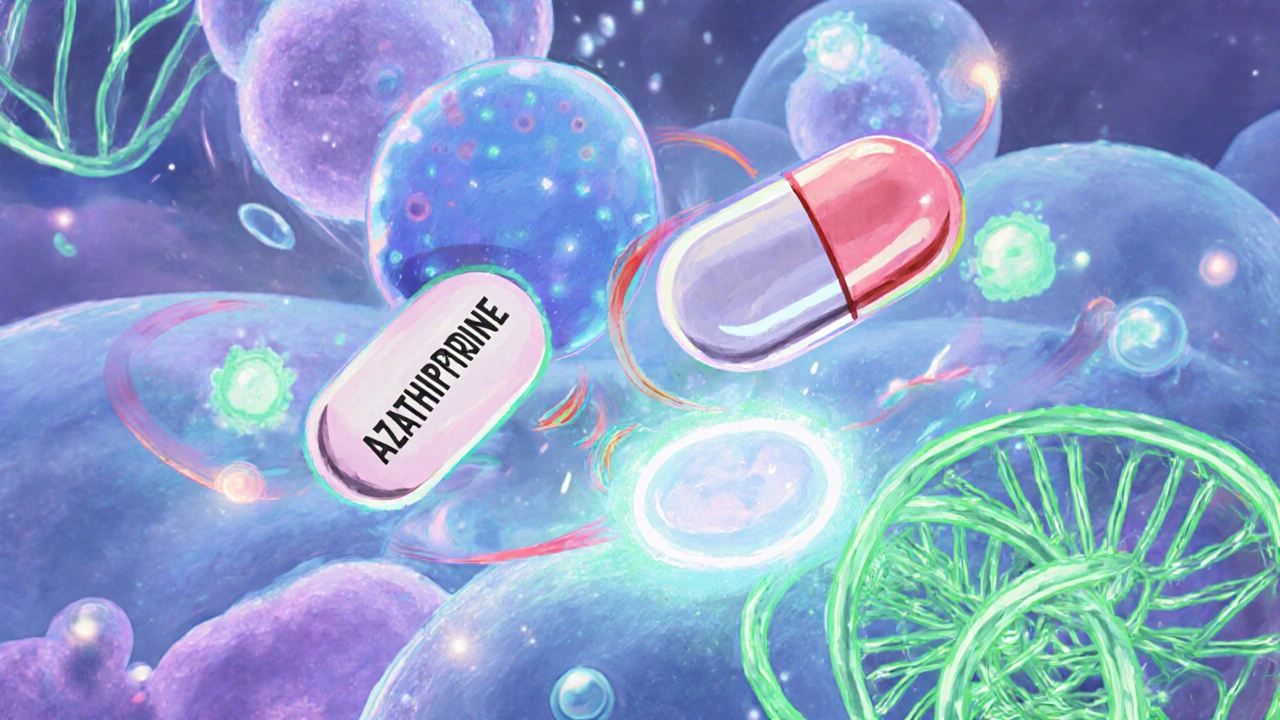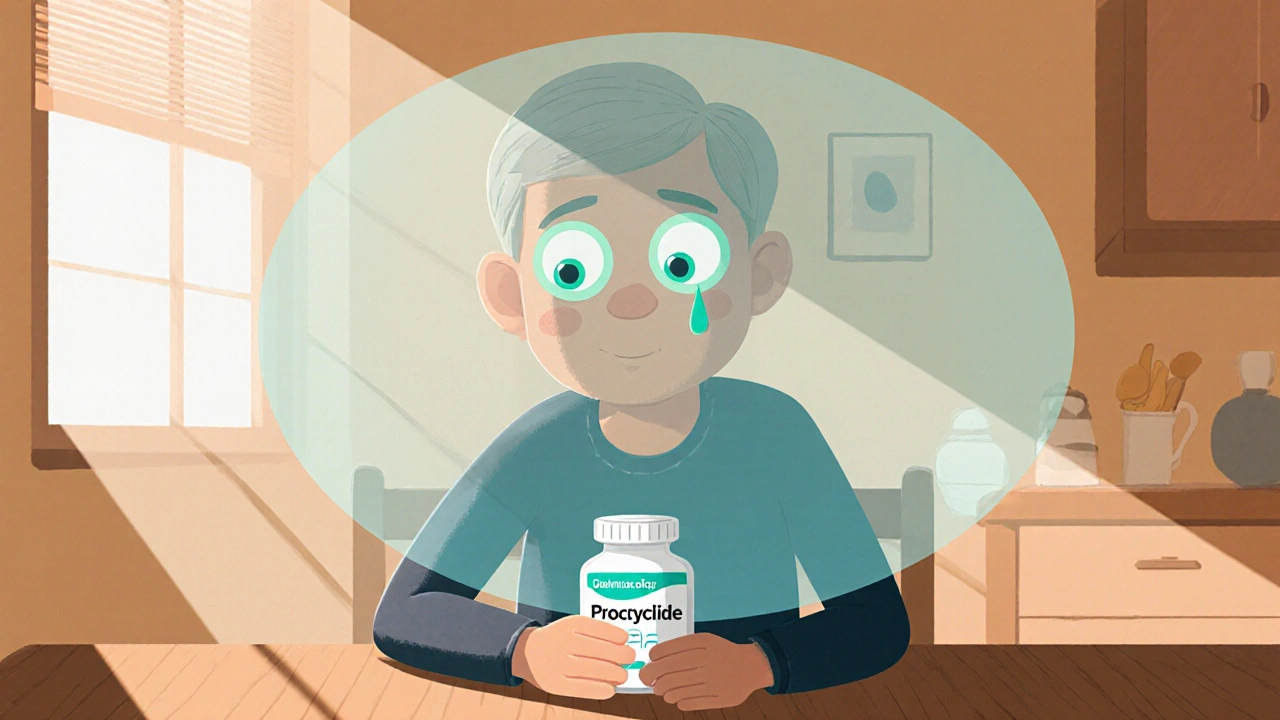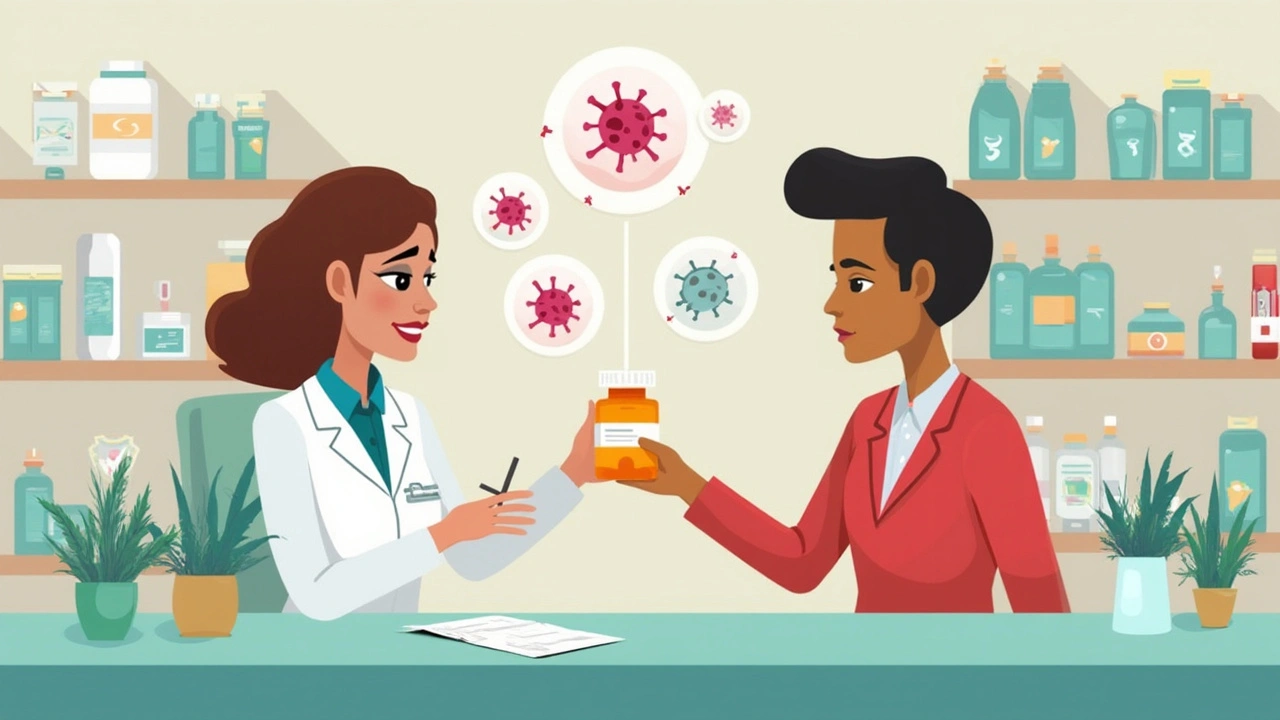Side Effects Explained: Your Quick Guide to Drug Reactions
Ever taken a pill and felt a weird headache, nausea, or a rash? That’s a side effect – an unwanted reaction that shows up when your body processes a medication. Knowing what side effects look like can save you from panic, unnecessary doctor trips, or even serious health problems. Let’s break down the basics, the most common complaints, and the steps you can take to stay safe.
Common Types of Side Effects
Most drugs cause mild, short‑lived effects that go away on their own. The classic culprits are:
- Gastrointestinal upset – nausea, diarrhea, or stomach pain. Antibiotics, NSAIDs, and some vitamins often trigger these.
- Headaches or dizziness – common with blood pressure meds, antihistamines, and caffeine‑based stimulants.
- Skin reactions – itching, redness, or rash. Even a single dose of a new antibiotic can cause a noticeable flare.
- Sleep changes – insomnia or drowsiness. Antidepressants, antihistamines, and some pain relievers can flip your sleep cycle.
- Weight shifts – mild gain or loss. Steroids, antipsychotics, and certain diabetes drugs are known for this.
When a side effect feels severe – like trouble breathing, swelling of the face, or a fast heartbeat – stop the medication and seek help right away. Those are signs of an allergic reaction or a more dangerous interaction.
How to Manage and Report Side Effects
First, read the label. The “Possible Side Effects” box tells you what to expect and how often it happens. If you’re unsure, ask the pharmacist for a quick rundown – they can point out the red flags.
Second, keep a simple log. Write down the drug name, dose, when you took it, and what symptoms appeared. A short notebook or a notes app works fine. This record helps your doctor figure out if the drug is the cause or if something else is at play.
Third, talk to your prescriber before you stop any medication. Some drugs need a tapering plan to avoid withdrawal effects that mimic side effects. Your doctor might lower the dose, switch to a different drug, or suggest ways to counter the reaction (like taking the pill with food).
Fourth, report serious or unexpected side effects to the FDA’s MedWatch program or your country’s equivalent. Your report adds to a database that helps regulators spot dangerous patterns and warn the public.
Finally, consider lifestyle tweaks that can lessen mild side effects. For example, taking ibuprofen with a meal can cut stomach upset, while staying hydrated can reduce headaches from diuretics.
Bottom line: side effects are normal, but they don’t have to dominate your health story. Recognize the common signs, keep track, and stay in touch with your healthcare team. With a little vigilance, you’ll get the benefits of your medication while keeping unwanted reactions in check.

